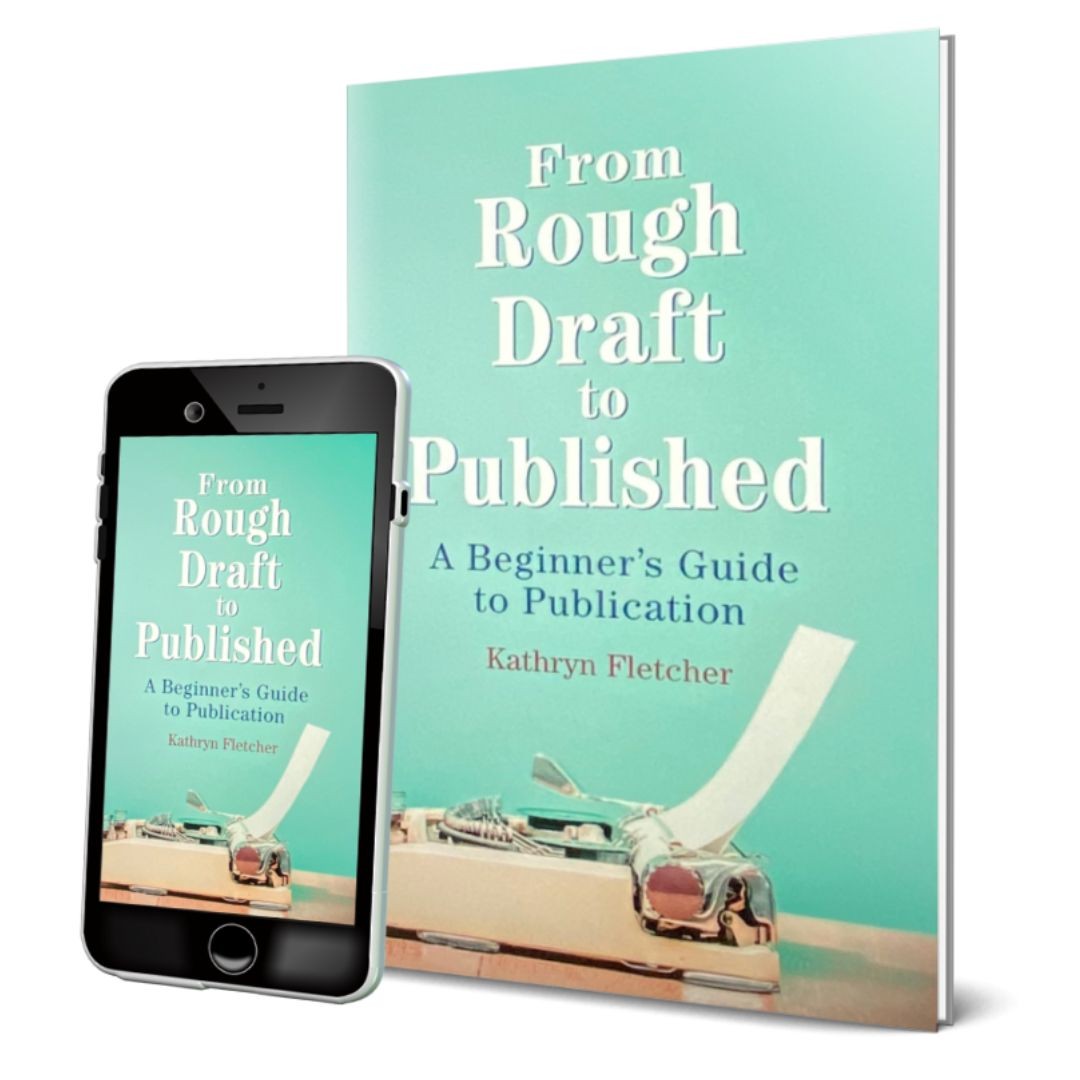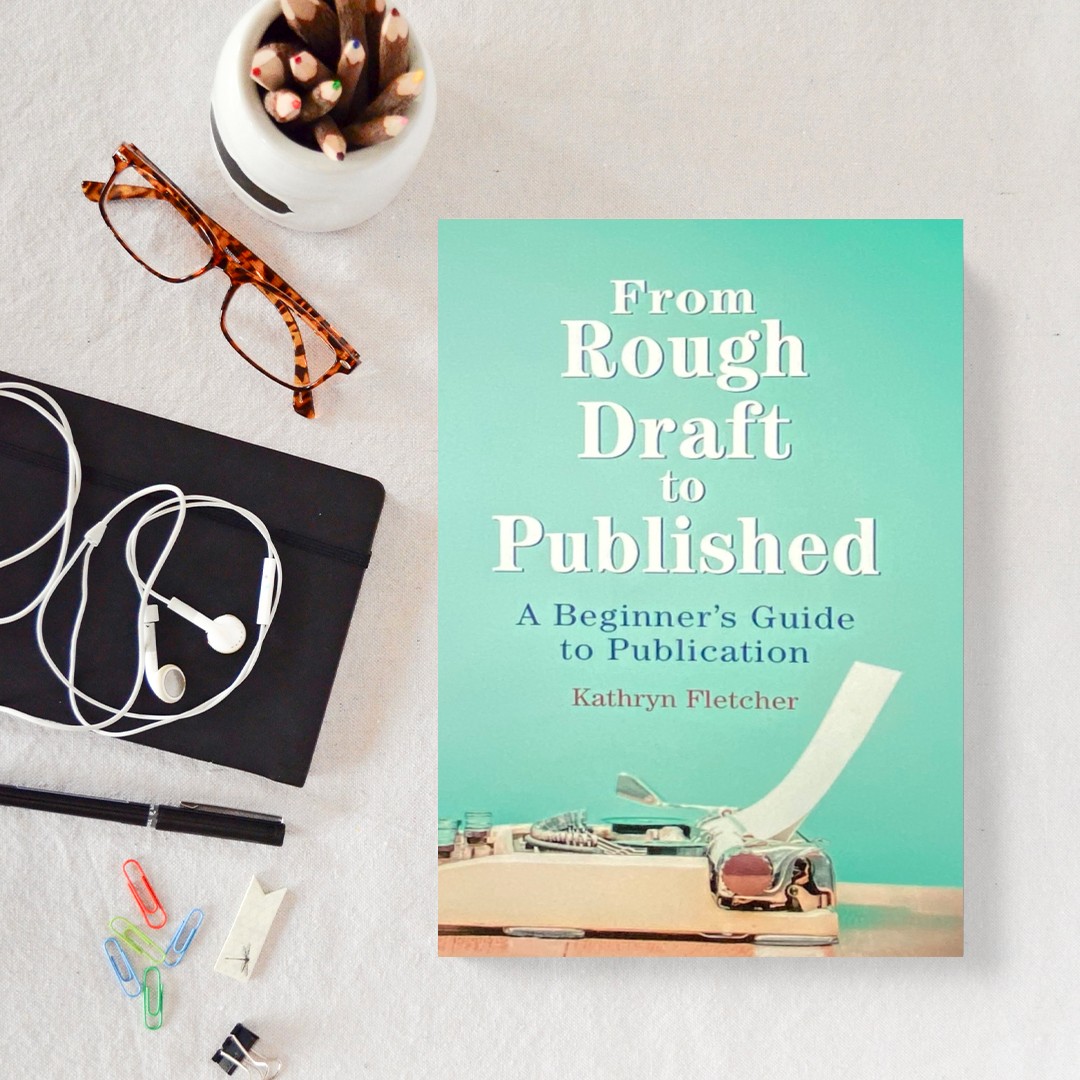We’re excited to introduce you to the always interesting and insightful Kathryn Fletcher . We hope you’ll enjoy our conversation with Kathryn below.
Kathryn, thanks for taking the time to share your stories with us today Let’s kick things off with a hypothetical question – if it were up to you, what would you change about the school or education system to better prepare students for a more fulfilling life and career?
As a veteran educator, I have intimate knowledge of what the education field looks like now. There are a massive number of people with no education background making decisions and judgements about education. There are a lot of misconceptions about what happens behind school walls. The people in the building are there because they have a passion for helping children.
It used to be that people worked at the same place for decades. Jobs are no longer that stable with layoffs if the market takes a dip. The response by employees is they are much more mobile. It seems to be an effective way to move upwards in position and salary. The future of business is trending toward more independence—a more entrepreneurial mindset. More and more people are turning towards self-employment, so they are not beholden to a manager that doesn’t understand all the ins and outs of what they do; they are only beholden to the customer.
In my school district, there are administrative staff who talk to business leaders about what skills we need to teach our children to be ready for the workforce. The employers need people which have developed soft skills such as creativity, critical thinking skills, communication skills, adaptability, empathy, and curiosity. I was on a district committee that was designing the rollout of these goals. Students need to be nurtured and developed to use these skills consciously. These skills are necessary for engineers, electricians, CEOs, janitors, or indie authors. Creativity, empathy, adaptability, communication, and curiosity are critical, no matter what field they go into. This makes an outstanding employee and, more so, a successful entrepreneur. With a more entrepreneurial workforce, students will need to learn less complex calculus (unless they plan to become a mathematician) and more business planning and budget balancing. Students need to learn how to market themselves and their product.
Finally, students need to learn about self-care and emotional regulation. Schools today are in fact teaching SEL (Social Emotional Learning) which is a great start, but it also needs to be a major focus in the early years. Kindergarteners are learning to read at age 5, which is great, but how much more effective would 1st -12th grade be if students spent 80% of their time learning emotional regulation skills, sharing, and conflict resolution skills? These skills can be taught through play with the coaching of a teacher.

As always, we appreciate you sharing your insights and we’ve got a few more questions for you, but before we get to all of that can you take a minute to introduce yourself and give our readers some of your back background and context?
I am an avid reader and an author of fantasy stories, writing help, and I dabble in science fiction stories. All kinds of books (picture books to epic novels) and most genres appeal to me as a reader. I was an 6th grade English teacher for 19 years and now, I’m a school librarian by day and a writer by night. Listening to podcasts and eating ice cream are my guilty pleasure.
I hated reading when I was in elementary school because “See Jane run” is boring. My 5th grade teacher read to us each day and opened a whole new world of fantasy novels. In 6th grade, I fell in love! I read all the now classic fantasy books. By 7th grade, I started writing book 8 of a series I didn’t want to end. That was the beginning of my love of writing and reading.
Life got in the way for a while. When I turned 39 and hit the “oh fudge I’m almost 40” moment, I panicked because I’d never made time to become an author. I joined a local writing group. I wrote a high fantasy story and promptly printed and sealed it up, never to be seen again. Next, I wrote a better, much more organized novel. I began a blog. Now, I have one book published and I’m about to publish my first fiction book.
How did you build your audience on social media?
Building a presence on social media seemed easy at first, but I soon saw the error of my ways. Initially, I fell for the numbers game with the follow for follow trick. I followed a lot of people and they followed me and before I knew it I had 1,000 followers on Twitter. I would post something and heard crickets chirping into the night. There are a lot of lonely authors out there chirping away, hoping to be heard and understood, and I was one of them.
After a short time, I began listening to some writing podcasts, like The Write Now podcast. There is a plethora of advice out there, some good and some bad. Many people said to post 2-3 times a day. That was not maintainable for me because I work all day and write in the fringes. So, I post as much as I can, usually 2-3 times a week on each platform. Sarah Rhea Werner said she goes onto social media and comments on 5-10 other people’s posts each day. Don’t just like the post, comment on it. It only takes a few minutes and it will get you true followers. I started over on Instagram and Facebook. I did as Sarah said and it worked. True, I don’t have thousands of followers, but I have a community that I’ve built a relationship with over many years. It continues to grow slowly, steadily, and authentically.
As a librarian (day job) I deselect or weed out old books. This makes room for new books and makes it easier for patrons to find the book they want. I periodically go through my newsletter list and deselect people who do not open or interact with the emails. An average open rate is around 21%, which means 21% of people who receive the email open it to read it. Since I weeded my Mailerlite list, I’ve had about 50% open rate. Why does this matter? For newsletters, it means that the algorithm is less likely to send your email to the junk mail folder. The Wish I’d Known Then…for Writers November 8, 2022 episode talks about this in more detail.
Another form of weeding I did a few years ago was Social Media culling. I looked at all the different platforms I was on and figured out where I got the most interaction, which turned out to be Instagram primarily and Facebook. I had been unable to find my people on Twitter and I didn’t like the culture there as much as the other two platforms. Some people love Twitter or TikTok. Everyone says find where your audience is and use that platform. I agree with that, but also evaluate what environment cultures fit you and your readers best and where do you feel most comfortable. Honestly, I think your audience is on every platform to some degree. It is just a matter of, can you find and connect with them. Being comfortable with the platform and community makes that connection much easier.
Advice: Comment on a few people’s posts every time you get on social media. Social media is about building relationships and connecting with readers, not about numbers. Focus on the platform in which you find your readers and are most comfortable.


We’d love to hear your thoughts about selling platforms like Amazon/Etsy vs selling on your own site.
What a timely question! First, I sell my book on Amazon and use Draft 2 Digital to get my book in other bookstores. I will likely always use those but I’m jumping on something new this year.
The bookish community is at the very beginning of what I think will be a huge wave. (At least I hope it is.) For years you bought books at the bookstores, but indie authors found it difficult (or impossible) to break into that market. Then came Amazon. Indie authors had a way to get their books in front of a massive audience and distribute them. Now, goliath companies take a huge cut of the indie author profits and they are not happy about it.
A Kickstarter and Direct Sales wave has been building and is becoming noticeable now. Indie Authors are starting to see that through Kickstarter authors can get a large sales boost and Kickstarter takes only 10% instead of 30-70% of the profits. So I’m planning to release my new book, Of Two Worlds, on Kickstarter several months before I release it on Amazon.
Authors are smart people so many don’t put all their eggs in one basket. I also sell digital planning sheets on Etsy. Right now, I have a Character sheet that I’ve developed for my own purposes over the years. There are a couple other planning sheets listed there too. I am currently developing a Kickstarter planning sheet. I’ve been focused on Of Two Worlds more than promoting the From Rough Draft To Published book, so the Etsy sales have been more profitable than book sales lately.
Contact Info:
- Website: Quillandbooks.com
- Instagram: @fletchers.quill
- Facebook: https://www.facebook.com/Kathryn.Fletchers.Quill
Image Credits
Author photos taken by Monica Maldonado.


